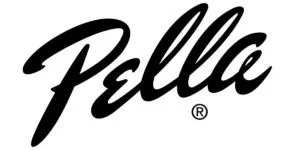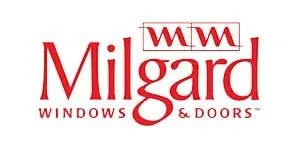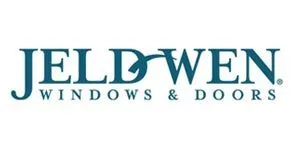
With the cooler weather now upon us, Colorado residents are looking for ways to keep their homes warm, without increasing their heating bills. An effective way of doing this is installing new energy-efficient windows. Did you know that up to 30% of your heating and cooling energy use is attributed to heat gain and loss through windows (according to Energy.gov)? New Windows for America can help you choose the best energy-efficient windows for your home, and for our harsh Colorado climate.
What Makes a Window Energy Efficient
Energy-efficient windows are designed to prevent heated or cooled air from escaping your home. The benefits are minimizing energy consumption with lower electric bills while enjoying comfortable and consistent temperatures in your home. Some key elements to consider are the glass, frame, and style of the window.
Double and triple-pane windows have several layers of glass where the space is filled with an inert gas such as argon and krypton, secured by a space. The combination of a gas filler and spacer enhances the windows’ ability to resist heat transfer. Windows with these features are ideal for areas that experience great temperature variances. If you have an older home, you may have single-pane windows which are not very effective or energy efficient.
For more information about how to choose the right window for you, click here!
Window Efficiency Terms You Should Know
Windows, along with doors, can attribute to heat loss or heat gain. Some of the vocabulary associated with energy-efficient windows may be overwhelming. Here are some of the commonly used terms that may be helpful for you.
Low-E Glass
Low-Emissivity (Low-E) glass has been treated with a thin microscopic metallic coating which is designed to filter the amount of UV light entering your home. By filtering out the UV light with the Low-E glass it will keep your home’s temperature more consistent year-round. An added benefit is that it helps to prevent fading on your furniture and window treatments.
U-Factor
A window’s U-factor refers to the amount of heat conducted through a window. The lower a window’s U-factor, the more energy efficient it is.
R-Value
Looks for windows with a high R-value, which refers to how well it conducts heat as well as the material’s insulation level.
Insulated Glass
With double or triple-pane windows, there is a small gap in between each pane of glass. This gap is filled with argon, an inert gas, that insulates better than regular air, thereby making the window more energy efficient.
Warm Edge Spacers
On a cold day, try touching your windows. Are they colder along the edges? Do they have any condensation along the edge? In some windows, panes of glass are separated by aluminum, a very conductive material. Warm edge spacers are made with a less conductive material and help to prevent heat from being transferred along the outer edges of the windows.
Frame Material
A window frame helps to provide support while holding the main parts of your window in place. Looking for a quality frame that is going to be strong and energy efficient at the same time is important. Window frames can be made from vinyl, fiberglass, metal, or wood. Modern window frames offer high energy efficiency with window technology continually improving. Window frames can reduce air filtration and leakage helping to improve overall comfort and energy loss in your home. Lastly, frames can add some serious style and curb appeal to the exterior of your home.
At New Windows for America, we install all types of energy-efficient windows and can help you decide which window will best fit your home and budget. We are committed to helping you save money by installing energy-efficient windows, doors, and siding.
Contact our New Windows for America Team today and get a free estimate on your new windows. See how we can help you transform your home, save on your energy bills, and improve your curb appeal today!



